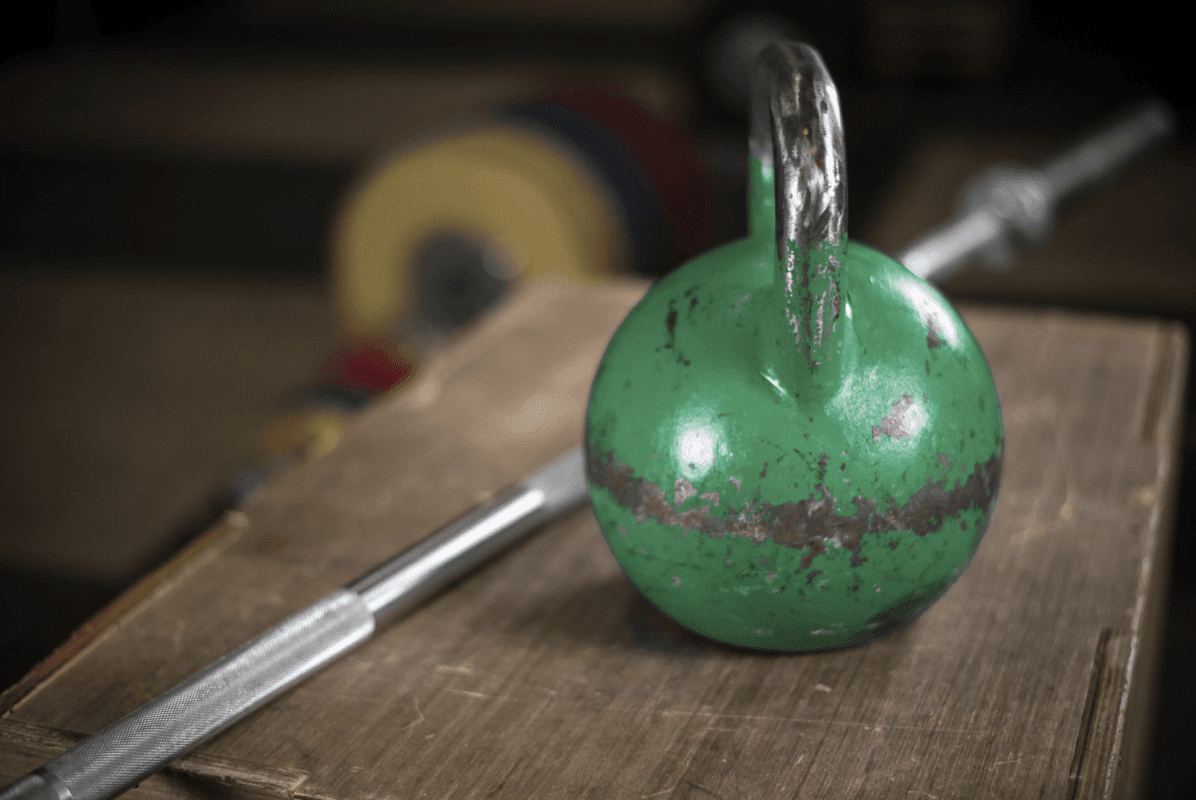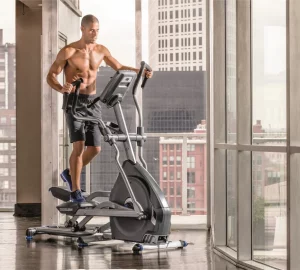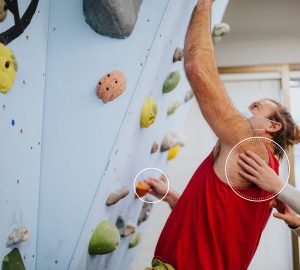The majority of injuries I encounter in these athletes are overuse in nature, such as a tendinitis or a muscle strain, as a result of excessive stress being placed on the (now) injured tissue. There are several underlying causes for why these overuse injuries may occur, including reduced mobility and excessive training volume. An area that often gets overlooked is the relationship that strength imbalances play in preventing injuries when powerlifting. When an athlete has one limb that is significantly stronger than the other, often a compensation occurs elsewhere to make up for the asymmetry. Take for example a powerlifter whose force during a deadlift is produced 55% by their right side and 45% by their left side. Over months, or even years, this powerlifter’s right side will experience significantly more training stress than the left side and could eventually lead to an overuse injury to the right hip or lower back.
While everyone tends to have a dominant (i.e. stronger) side, when these differences become excessive the risk of injury increases. How great does this discrepancy need to be before there is an increased risk of injury? The research is inconclusive on this question, but my clinical experience is that anything greater than a 5-10% difference left to right is problematic. In other words, if you are able to overhead press 50 lbs with your left arm, but only 40 lbs with your right there is an increased chance of experiencing a shoulder injury in the future.
Two common body parts that powerlifters complain of are their shoulders and lower back. No amount of passive treatment or rest is going to make up for a strength imbalance in these large muscle groups. Therefore, the majority of powerlifters I treat are prescribed ample unilateral exercises to target these body parts for preventing injuries when powerlifting. My favorite functional exercises to target these two areas are 1) single leg box step ups, 2) one-arm farmer carries and 3) one-arm overhead kettlebell carries.
Single leg box step ups: This is a relatively simple, yet humbling, body-weight or weighted exercise for many athletes. The goal of this exercise is to isolate and strengthen the glutes unilaterally. To perform this exercise, the athlete should pick a box height that is above their knee cap when standing beside the box. Perform 5-10 repetitions on one leg, then repeat on the opposite side and note any differences between the two sides. Ideally, the athlete is aiming for the leg on the box to perform 90% of the work, with the leg on the ground assisting only 10%. If an athlete can perform 10 repetitions on each leg with proper form, then either a dumbbell or barbell can be held for additional resistance. I often prescribe this exercise to my patients once per week, with the goal of progressively decreasing any strength discrepancy between the left and right side.
Single arm farmer carry: This is one of my favorite ways of building abdominal, lower back and glute strength in one extremely functional exercise. As with the box step up, we are assessing for any significant difference between left and right. To perform this exercise simply pick up a heavy kettlebell (or farmer’s carry handle if available) in one hand and start walking, focusing on maintaining an upright posture. I usually instruct my athletes to work up to a weight that they can carry for 30m unbroken, with the goal of trying to add 10m each week. Once the athlete can complete 100m on each side, I increase the weight to something that is again challenging for 30m.
Single arm overhead kettlebell carry: Although powerlifters aren’t required to press or hold weight overhead in competition, ensuring adequate rotator cuff strength and stability is vital to avoiding a shoulder injury. The single arm overhead carry is a great exercise to simultaneous target all aspects of the rotator cuff and scapula. To complete this exercise, simply press a dumbbell or kettlebell overhead with arm fully extended and walk for the prescribed distance/ time. As with the farmer carry, I encourage my athletes to build up to a heavy weight, one that they can only carry for 30m on each side, and then follow the same progression as the farmer carries.
These three exercises are great to add to your powerlifting routine as a way to keep your shoulders, back and hips strong and healthy. Accessory exercises are all too often treated as “extra” or “complementary” to the main workout. However, if you approach your accessory exercises with the same mindset as you do with your deadlift, squat or bench press (i.e. you try to improve each week), you will see steady improvements and avoid future injury.
Full disclaimer – I am not a competitive powerlifter and I don’t coach athletes how to prepare for powerlifting competitions. I am a Physical Therapist; and what I do best is help athletes stay injury-free and preventing injuries when powerlifting. Usually when an athlete seeks out my services it’s because he or she has a nagging injury that won’t go away. It becomes my job to determine WHY these injuries occurred and design a recovery plan to get my athlete back to the competition floor strong and healthy.
By Jason Dyck, Physical Therapist









